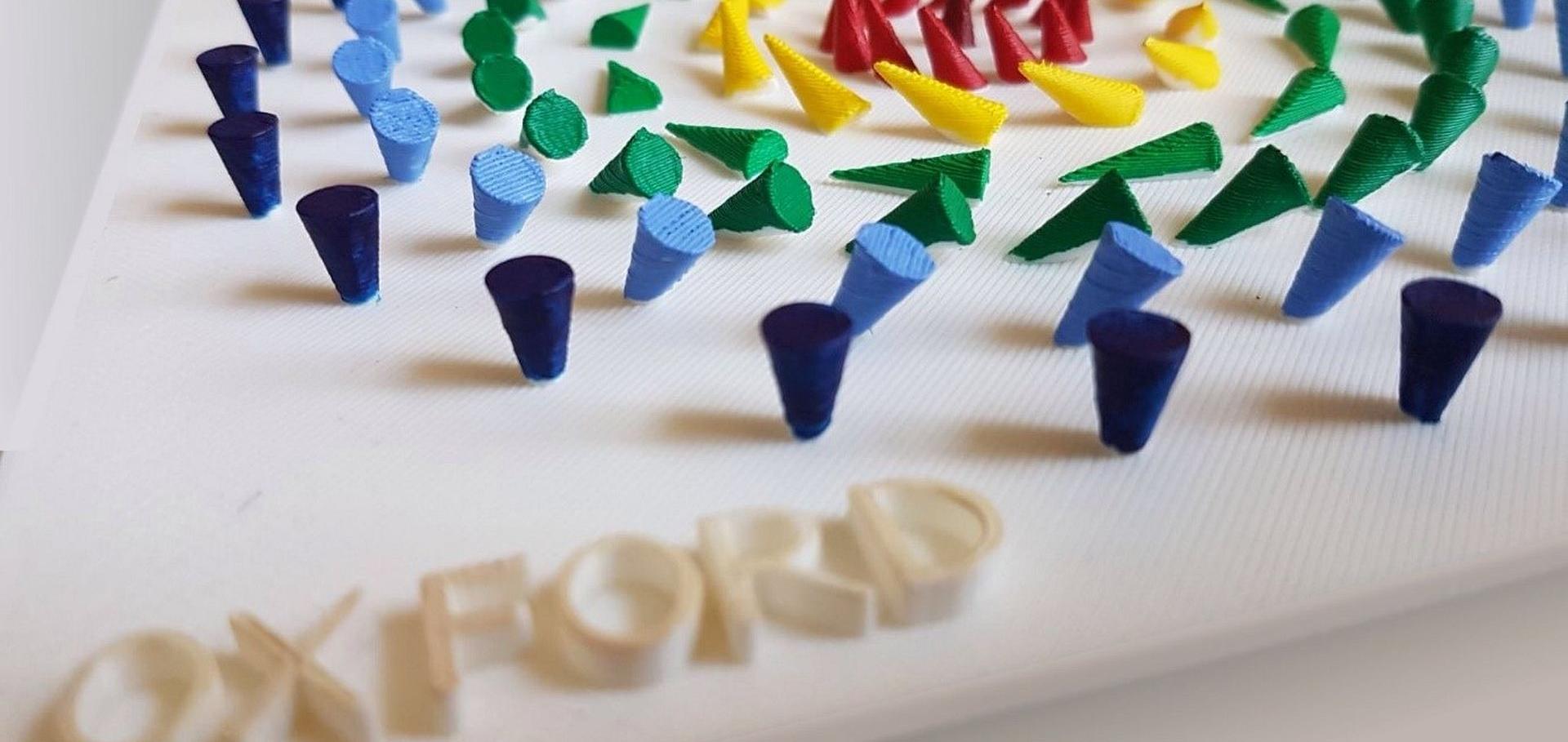Depth-dependent magnetic crossover in a room-temperature skyrmion-hosting multilayer
Breathing mode dynamics of coupled three-dimensional chiral bobbers
Abstract:
Recently, three-dimensional (3D) magnetic textures have moved into the focus of spintronics as both technologically relevant and physically intriguing on a fundamental level. A rich variety of 3D textures is currently being investigated; however, their unambiguous experimental detection and detailed study remains challenging. In this work, a new type of chiral 3D spin-texture, consisting of two antiferromagnetically coupled Néel bobbers, is explored. The static properties of this structure depend on the chirality of the individual bobbers. Different chirality combinations are studied with regard to their phase stability regions by micromagnetic simulations and compared to antiferromagnetically coupled skyrmion tubes. Furthermore, the coupled internal breathing modes are investigated by application of a periodically alternating external magnetic field. The breathing modes of each studied system possess a unique fingerprint, which might allow for the identification of the resonating spin textures via their dispersion curves.Wafer-scale epitaxial growth of the thickness-controllable van der Waals ferromagnet CrTe2 for reliable magnetic memory applications
Wafer-scale epitaxial growth of the thickness-controllable van der Waals ferromagnet CrTe2 for reliable magnetic memory applications
Layer-dependent magnetic domains in atomically thin Fe5GeTe2
Abstract:
Magnetic domain formation in two-dimensional (2D) materials gives perspectives into the fundamental origins of 2D magnetism and also motivates the development of advanced spintronics devices. However, the characterization of magnetic domains in atomically thin van der Waals (vdW) flakes remains challenging. Here, we employ X-ray photoemission electron microscopy (XPEEM) to perform layer-resolved imaging of the domain structures in the itinerant vdW ferromagnet Fe5GeTe2 which shows near room temperature bulk ferromagnetism and a weak perpendicular magnetic anisotropy (PMA). In the bulk limit, we observe the well-known labyrinth-type domains. Thinner flakes, on the other hand, are characterized by increasingly fragmented domains. While PMA is a characteristic property of Fe5GeTe2, we observe a spin-reorientation transition with the spins canting in-plane for flakes thinner than six layers. Notably, a bubble phase emerges in four-layer flakes. This thickness dependence, which clearly deviates from the single-domain behavior observed in other 2D magnetic materials, demonstrates the exciting prospect of stabilizing complex spin textures in 2D vdW magnets at relatively high temperatures.


